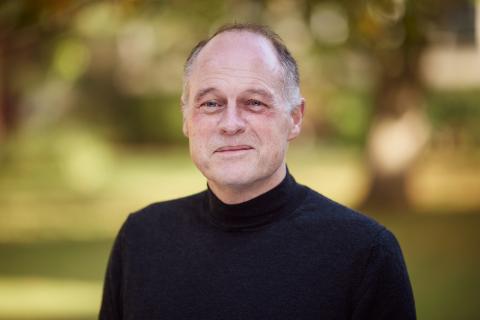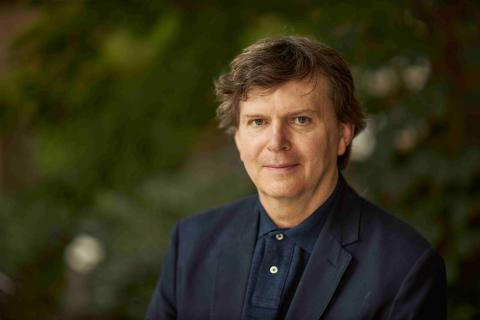Antimicrobial resistance (AMR) occurs when microbes such as bacteria that cause infections develop the ability to resist the action of medicines and no longer respond to treatments. The result is that common infections and injuries that were once easily treatable are becoming more dangerous and killing once again.
How did we get here?
The use of antibiotics is said to be the greatest medical breakthrough of the 20th century. Before the discovery of antibiotics childbirth, a urinary tract infection or a simple cut could lead to death.
Antibiotics made many modern medical procedures possible, including cancer treatment, hip replacement and open-heart surgery.
As time went on, antibiotics became affordable and accessible across the world. So did the many different uses of antibiotics.
And now the health system worldwide relies on antibiotics.
But these antibiotics are also being prescribed to treat health conditions like flu that don’t actually require them at all.
Antibiotics are also used in agriculture to grow crops and in animal feeds to reduce risk of infection in livestock. Because of this, antibiotics end up entering our water and food sources.
Over 10 million people a year are expected to die due to AMR by 2050.
1 in 5 people who died from drug-resistant infections in 2018 were children under 5
92% of urinary tract infections are not treatable with a regularly prescribed antibiotic
As the use of antibiotics keeps increasing around the world, microbes such as bacteria, viruses, fungi and parasites develop the ability to resist the action of medicines. So the more we take antibiotics, the more they develop resistance, and our drugs become less effective.
AMR is directly related to 16 of the 17 UN Sustainable Development Goals, with severe negative implications for poverty, gender inequality, animal welfare, the environment, as well as food security.
So how do we stop this global crisis from becoming the next pandemic?
Just like COVID, we need governments, businesses and philanthropists from all over the world to invest in research so that scientists can once again find new solutions to tackle this global problem.
Most antibiotics used to treat bacterial infections in humans are also used in animals, which is a major contributory factor to the growth of AMR. IOI is one of the few institutes in the world that is developing alternative antibiotics to use exclusively in agriculture.”

Research in the 20th century discovered easy-to-use antibiotics of enormous value, but that doesn’t mean that there are not more to be found. The generous donation from INEOS has allowed us to bring together the best of both talent and infrastructure to find new medicines for
human use.

How does AMR occur?
Antimicrobial resistance is an ongoing process that is driven by evolution. Bacteria can resist drugs in several ways.
- Some bacteria have evolved to prevent antibiotics from entering the bacteria cell.
- Bacteria can also secrete enzymes or proteins that destroy antibiotics once they enter the bacteria cell.
- Some bacteria can change their outer structure so that antibiotics cannot attach to the bacteria and kill them.
The spread of AMR is accelerated by:
- Overuse and misuse of antibiotics in humans.
- Overuse and misuse of antibiotics in animals.
- Poor hygiene and sanitation conditions.
- Lack of research and innovation to develop novel antibiotics.
- Lack of health investment.
History of AMR in Oxford
1928 - St Mary’s Hospital, London
The story of antibiotics begins with Alexander Fleming, who made the monumental discovery that the mould Penicillium notatum produces a substance that kills bacteria.
1939 - Sir William Dunn School of Pathology, Oxford
A team from Oxford including Howard Florey, Ernst Chain and Norman Heatley demonstrated the clinical utility of Penicillin and worked on procedures to optimize its production and isolation.
1945 - Nobel Prize for Physiology
In his acceptance speech, Alexander Flemming warns “Overuse of [penicillin] might lead to forms of bacteria that were resistant to its effects.”
1948 – University of Oxford
Giuseppe Brotzu found that Cephalosporium acremonium produced antimicrobial properties like Penicillium spp. He subsequently worked with the Oxford team of Sir Edward Abraham and Guy Newton who characterised the compound, Cephalosporin C.
Oxford Nobel Prize winner Dorothy Hodgkin defined the structure of Cephalosporin C and of Penicillin, using X-ray crystallography.
January 2021 – University of Oxford
The IOI was created in January 2021 to advance antimicrobial research, investing in the core science underpinning drug discovery to enable the search of solutions to tackle the growing threat of antimicrobial resistance.
